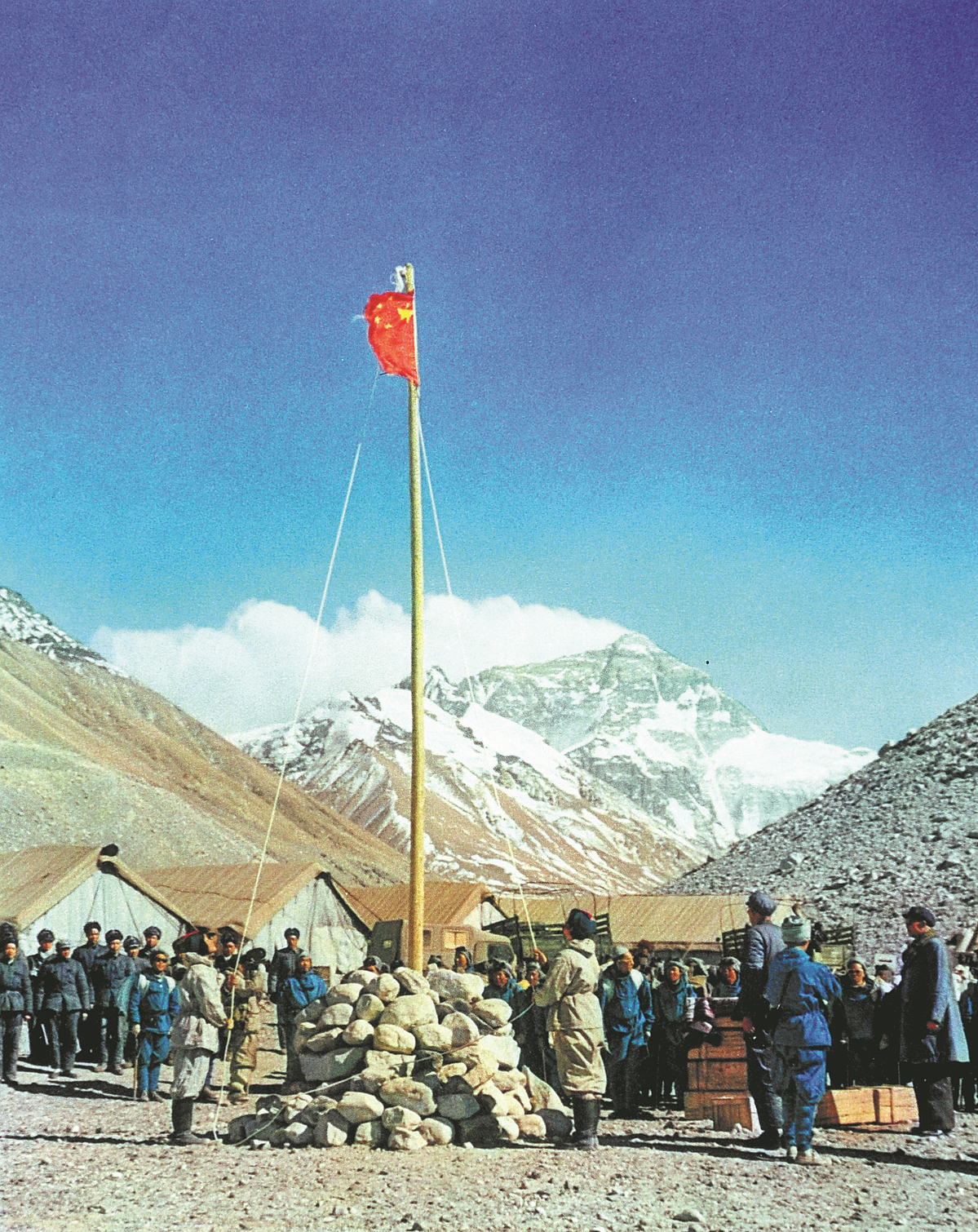The struggle to stand on top of the world
First summit of Qomolangma's north slope still carries weight 65 years on

Editor's note: China scientifically measured Qomolangma, the world's tallest peak also known as Mount Everest, for the first time on May 27, 1975. Fifty years on, we dedicate this page to generations of mountaineers and scientists, who inspire the world with their incredible resilience and bravery in pursuing the spirit of science under extreme conditions.

On May 25, 1960, three Chinese mountaineers summited Mount Qomolangma via the north slope, marking the first successful north-side ascent of the world's tallest mountain, also known as Mount Everest.
The idea of climbing Qomolangma was first proposed by the Central Committee of the Communist Party of the former Soviet Union, according to Yuan Fudong, deputy director of the industrial development department at the mountaineering management center of the General Administration of Sport of China.
At the time, the Soviet Union had advanced mountaineering expertise but lacked peaks above 8,000 meters within its borders. Given the good-neighborly friendship with China, the Soviets suggested a joint expedition to Qomolangma, Yuan said.
But as Sino-Soviet relations deteriorated, the Soviet Union unilaterally withdrew from the project, cutting off high-altitude equipment and supplies. Meanwhile, India — becoming closer with the Soviets — launched its own attempt from the southern slope, according to Yuan.























